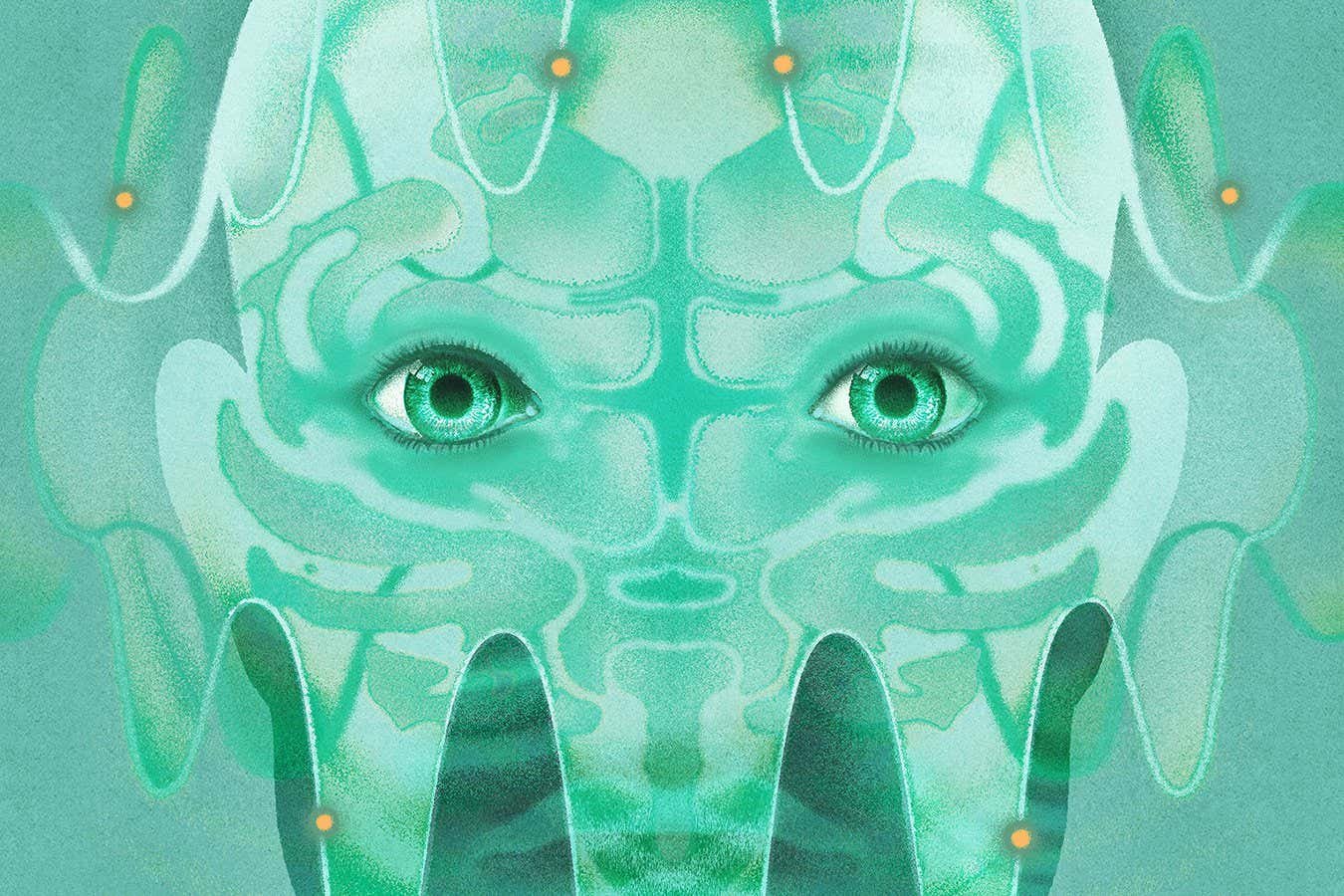
TWO weeks before the pandemic lockdown in March 2020, I flew to Tucson, Arizona, and knocked on the door of a suburban ranch-style house. I was there to visit Stuart Hameroff, anaesthesiologist and co-inventor, with Nobel prize-winning physicist Roger Penrose, of a radical proposal for how conscious experience arises: namely, that it has its origins in quantum phenomena in our brains.
Such ideas have existed, in various guises, on the fringes of mainstream consciousness research for decades. They have never come in from the cold because, as their critics argue, there is no solid experimental evidence that quantum effects occur in the brain, never mind a clear idea of how they would give rise to consciousness. “It was very popular to bash us,” Hameroff told me.
But after a week interrogating the concept with him, I realised that his version of quantum consciousness, at least, is widely misconstrued. Partly, I think that is Hameroff’s fault. He creates the impression of a single take-it-or-leave-it package. In fact, his idea is a series of independent proposals that each force us to confront important questions about the relationship among fundamental physics, biology and that ineffable thing we call consciousness.
Moreover, having seen some experiments that Hameroff was proposing during my visit come to fruition, it has become clear that his ideas can submit to experimental investigation. Researchers have now produced tentative evidence to suggest that fragile quantum states can endure in the brain, and also that anaesthetics have an impact on them.
So is it time to start taking…

